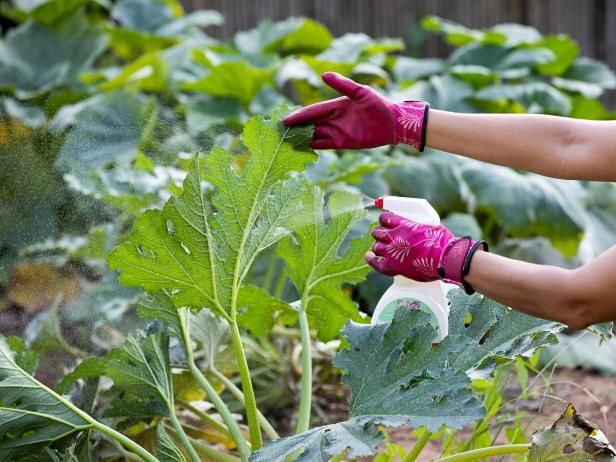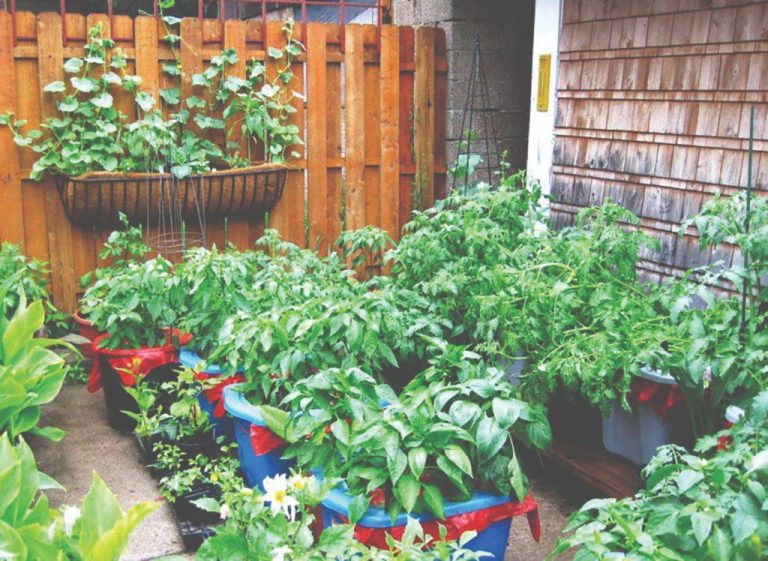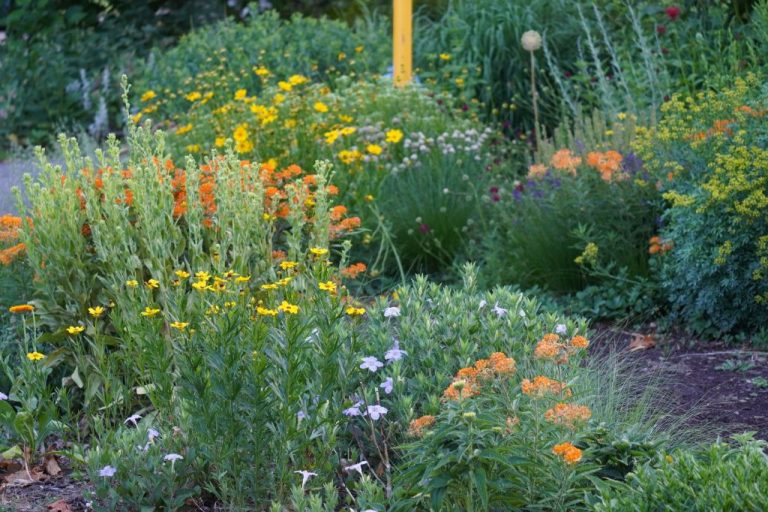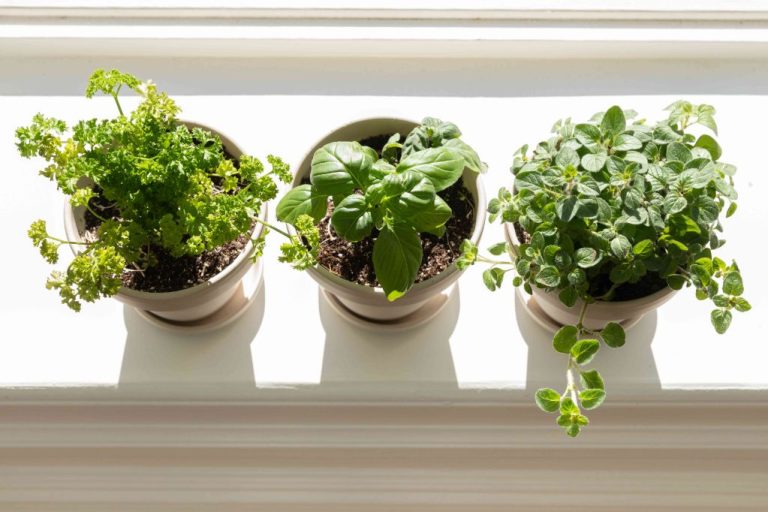Urban Garden Pest Control: Natural Methods For City Growers
Urban gardens face unique pest challenges compared to rural gardens. Limited space, proximity to buildings and other gardens, and city regulations often restrict pesticide use. Recent surveys show 73% of urban gardeners report issues with pests (https://www.frontiersin.org/articles/10.3389/fsufs.2020.547877). Common pests include aphids, cabbage worms, squash bugs, caterpillars, slugs, snails, and rodents. Controlling pests is crucial for protecting crops and avoiding the spread of infestations between gardens in dense city areas.
Using natural methods is the best practice for urban garden pest control. Many traditional pesticides are banned for residential use. Natural methods also limit harm to beneficial pollinators and insects. This guide covers proven techniques to prevent and manage pests while protecting your garden’s ecological health.
Companion Planting
Companion planting is the process of planting different crops in close proximity to enhance growth or deter pests. This age-old gardening technique takes advantage of the natural relationships between plants.
Certain plants can repel or confuse pests, attract beneficial insects, enhance flavor, and provide nutrients to neighboring plants. By carefully choosing combinations, urban gardeners can leverage these effects to naturally control pests.
Some tried and true pairings for pest control include:
- Planting basil near tomatoes, which repels aphids, mosquitoes, and other pests (Journey with Jill)
- Growing garlic or onions with carrots to deter carrot flies
- Interplanting radishes with cucumbers and squash, which repels cucumber beetles
- Including dill near cabbage to improve growth and deter pests
Gardeners can find many more combinations by researching reputable sources. Thoughtful companion planting design can make an urban garden naturally resistant to pests.

Crop Rotation
Crop rotation refers to the practice of growing different crops in succession in the same area across growing seasons. It helps break the life cycles of pests and improves soil health. According to the Sustainable Agriculture Research and Education organization, crop rotation can help manage certain insect pests like western corn rootworms and northern corn rootworms (source). Crop rotation works best for pests with a limited host range, long life cycles, and limited mobility.
To implement an effective crop rotation plan, first identify the major pests in your garden and their preferred host plants. Then design a rotation schedule that avoids planting hosts in succession. For example, if cucumber beetles are a problem, rotate cucumbers with unrelated crops like tomatoes or beans. Rotate through at least 3-4 different plant families. Make a map of your garden beds and sketch out a multi-year rotation plan.
Handpicking Pests
Manually removing insect pests by hand is an organic, non-toxic method that can be effective for managing pest populations in small home gardens. According to the University of Florida Extension, handpicking is recommended when dealing with large insect pests like caterpillars that can be easily seen and removed (FFL, 2021). It works best for pests that do not overwhelm the garden in large numbers.
The proper technique for handpicking is to physically remove the insects from plants by hand and place them in a bucket of soapy water to kill them. It’s important to act quickly when pests are spotted and be thorough in scanning all areas of plants to remove all life stages of the pest. The undersides of leaves and stems should be checked as well as the top sides. Handpicking should be done in early morning or evening when pests are slower. Avoid squeezing pests as this can release eggs. Wearing gloves can help avoid skin reactions for sensitive individuals.
For small soft-bodied insects like aphids and mites, another technique is spraying plants with a strong jet of water to knock off pests, according to gardening expert Susan Harris (Harris, n.d.). Handpicking tends to work best for temporary pest outbreaks and should be done frequently as part of an integrated pest management plan.
Using Row Covers
Row covers are a great pest control method because they act as a physical barrier preventing insects from reaching plants. There are a few types of lightweight row cover fabrics to choose from:
Agribon and Reemay are both lightweight polyester materials that allow air, light, and water through while keeping pests out. Agribon comes in different grades from 0.55 oz to 1.5 oz/yd2. The heavier grades offer more insect protection but less light transmission. Reemay is available in 0.55 oz to 1.0 oz/yd2.
Floating row covers like Spunbond and Cultilene are made from polypropylene fibers that are thermally bonded. These allow about 85% light transmission. The downside is they don’t allow air or water penetration as well as other fabrics.
Install the covers at planting time or when seedlings first emerge by securing the edges with soil, boards, landscape pins, or hoops. Keep them in place until flowering to allow for pollination. Venting or removing the covers when temperatures exceed 80°F will prevent excessive heat buildup.
Row covers can protect plants from frost damage in spring and extend the growing season longer into fall. Just make sure to allow some ventilation during the day when using them this way.
Apply Diatomaceous Earth
Diatomaceous earth (DE) is a powder made from fossilized diatoms that can be used to control garden pests safely and naturally. The sharp edges of DE cut into the waxy exoskeleton of soft-bodied insects like slugs, ants, and earwigs, causing them to dry out and die.
According to the Almanac, diatomaceous earth provides “fast and effective control for all crawling insects.” However, DE does not discriminate and can also kill beneficial insects. Use it selectively only where pests are a problem.
To apply DE, wear a dust mask and goggles for protection. Use a hand duster to apply a thin layer around the base of plants and on the soil surface where slugs and insects travel. Reapply after rain or watering. For ants, puff DE in and around ant hills and trails.
DE works best when kept dry. Avoid mixing it in water. Apply on a dry day. As it loses its potency when wet, reapply DE after heavy rain or watering.
Use Beneficial Insects
Beneficial insects are natural predators or parasites that help control common garden pests like aphids, thrips, and leaf miners without the use of synthetic pesticides. Some examples of beneficial insects include ladybugs, praying mantises, green lacewings, minute pirate bugs, parasitic wasps, and predatory mites.
Beneficial insects can be purchased online or at garden centers and released into your garden or yard. Look for reputable suppliers like Arbico Organics or Nature’s Good Guys to ensure you receive healthy populations of predators and parasites. Follow the recommended release rates and instructions provided.
Focus on releasing beneficial insects that target the specific pests you are dealing with. For example, ladybugs and lacewings will help control aphids while trichogramma wasps parasitize egg-laying moths and butterflies. Monitor pest and beneficial insect populations and make additional releases as needed through the growing season.
With a little patience and persistence, releasing natural enemies can often bring pest infestations under control without the need for chemical interventions.
Make Organic Sprays
An effective and safe way for city gardeners to control pest problems is by making homemade organic sprays using natural ingredients like oils, soaps, and even garlic or chili peppers. These homemade sprays are non-toxic, inexpensive, and all contain ingredients that deter or harm insects while being generally safe to humans, plants, and beneficials.
Simple DIY pest spray recipes include:
- Insecticidal soap spray – Mix 1-2 tablespoons of a pure castile soap like Dr. Bronner’s in 1 quart of water. Shake well and spray directly on infested plants.
- Neem oil spray – Add 1 teaspoon neem oil and 1/2 teaspoon dish soap to 1 quart of water. Shake frequently while spraying.
- Garlic-chili spray – Blend 3-5 cloves of garlic with 1 small onion, 1 tablespoon of cayenne pepper, and 1 quart of water. Let mixture sit for 24 hours, strain, and spray.
For best results, thoroughly coat the tops and undersides of leaves as well as stems and branches with these homemade organic sprays. Reapply every 5-7 days or after rain. Test on a few leaves first to ensure plant compatibility before spraying the whole plant or garden. Always follow label instructions if using concentrated oils or soaps.
Sources:
https://www.arbico-organics.com/category/organic-insecticides
Sanitize the Garden
Sanitizing the garden can help prevent pests and diseases from overwintering and reinfesting plants the following year. This involves removing diseased plant debris, disinfecting tools and surfaces, and solarizing the soil.
It’s important to clean up and remove any diseased or pest-infested plants at the end of the gardening season. Pull out plants that have signs of fungal issues, bacterial infections, or are overrun by pests. Take them out of the garden area and discard of them properly. Don’t compost diseased plants. Also be sure to till under crop debris from the season to allow it to decompose (Source 1). Having a clean start helps prevent disease carryover.
Disinfect any gardening tools, pots, trellises, and work surfaces. A bleach or vinegar solution work well for this. Scrub down these items to remove any dirt and grime where pests could be lurking (Source 2). Be diligent about cleaning tools after working with diseased plants to prevent spreading issues.
Another technique is solarizing the soil. This involves moistening the soil, covering it with clear plastic, and leaving it solarized for 4-6 weeks during the hot summer months. The sun heats up the soil and kills weed seeds, fungal diseases, and soil-dwelling pests (Source 3). This prepares the garden for healthy plant growth come next season.
Prevention Tips
The best way to control pests in an urban garden is to prevent infestations before they start. Here are some tips for garden layout, maintenance, and hygiene to help deter pests:
Clean up fallen leaves, mulch, and debris where pests like to hide. Remove diseased or insect-infested plants right away to prevent spread (BTK Pest Control). Get rid of any boards, stones, or ledges near the garden that could harbor slugs, snails, and other pests.
Space plants appropriately to allow air circulation and prevent fungal issues. Water at the base of plants and in the morning to keep foliage dry (TUGI). Group plants by water needs to avoid over or under-watering certain areas.
Use barriers like trenches, copper tape, diatomaceous earth or Vaseline at soil level to block slugs (The Old Farmer’s Almanac). Put up fencing or netting to keep rabbits and deer out of the garden.
Inspect plants frequently for early signs of pests or disease. Address issues right away before they can spread. Remove and destroy heavily infested plants if needed. Always sterilize tools after pruning diseased plants (Tenth Acre Farm).
For severe pest infestations, call a professional exterminator. They can identify the pest and use targeted, effective treatments not available to home gardeners. Professionals may also detect underlying issues like irrigation problems contributing to pests.






